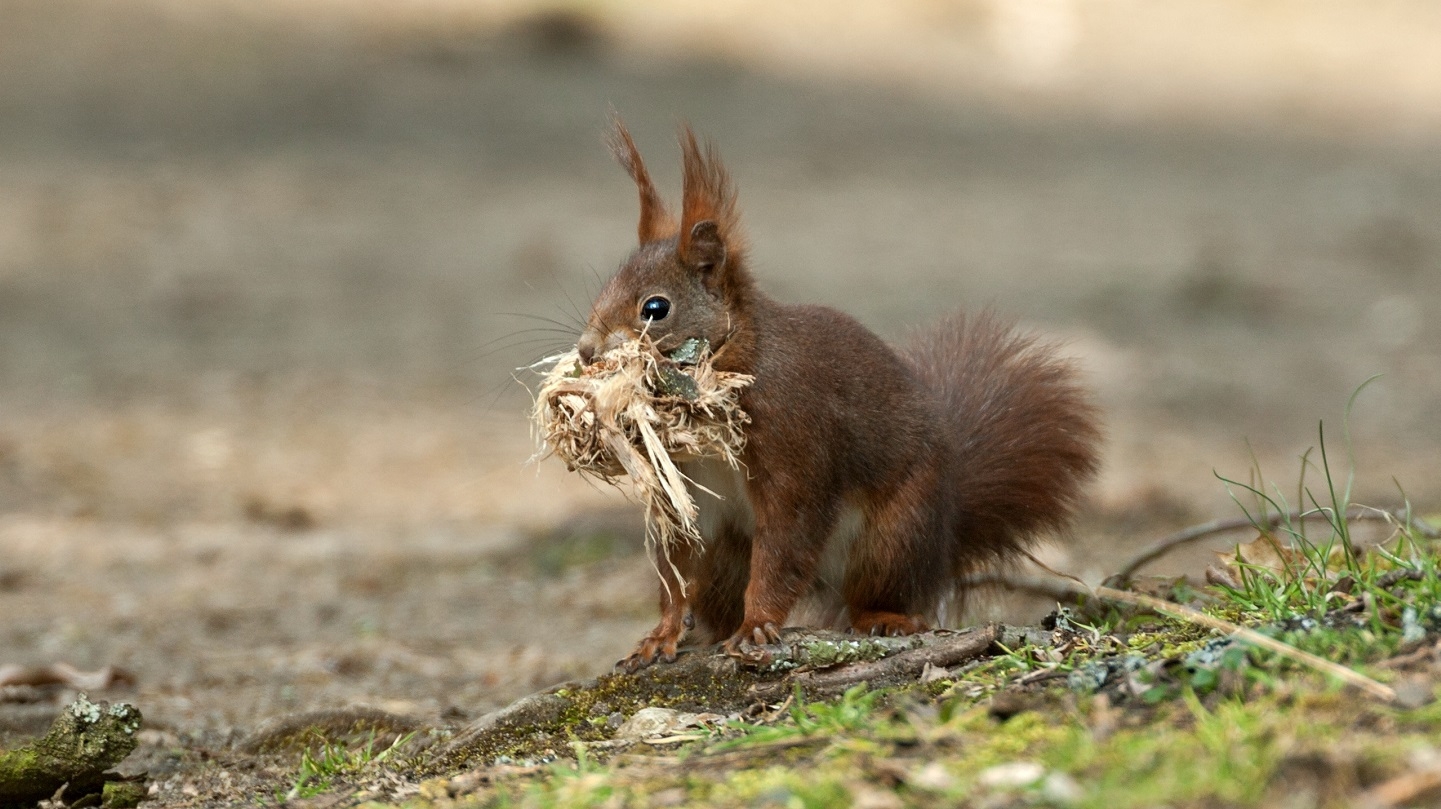Squirrels are small, agile rodents that are known for their bushy tails and incredible climbing abilities. They can be found in various habitats around the world, from forests to urban parks. One interesting aspect of squirrels is their tendency to live in groups, known as packs or drays. These packs of squirrels often exhibit fascinating behaviors that are worth exploring.
One of the most intriguing aspects of squirrels is their social behavior. While many people think of squirrels as solitary animals, they actually form tight-knit groups called packs. These packs are made up of related individuals, such as siblings or parents and offspring. By living in groups, squirrels are able to share resources and protect each other from predators.
Pack of Squirrels Called
A pack of squirrels is commonly referred to as a “scurry” or a “dray.” These terms are used to describe a group of squirrels living together in a shared territory. Within a pack, there is often a hierarchy established through dominance behaviors. The alpha squirrel, typically the oldest and strongest individual, holds the highest status within the group.
Communication within a pack of squirrels is essential for their survival. Squirrels use a variety of vocalizations, such as chirps and barks, to alert others to the presence of danger or to communicate about available food sources. They also use scent markings to establish territory and convey information about their identity and reproductive status.
Another interesting behavior exhibited by packs of squirrels is their cooperative foraging. Squirrels will work together to search for food, with some individuals acting as lookouts while others gather nuts and seeds. This cooperative behavior helps ensure that the entire group has enough food to survive, especially during times of scarcity.
In conclusion, the world of squirrels is filled with fascinating behaviors and social dynamics. By living in packs, these small rodents are able to thrive in their natural environments and overcome the challenges they face. Observing a pack of squirrels in action can provide valuable insights into the complex lives of these charismatic animals.
